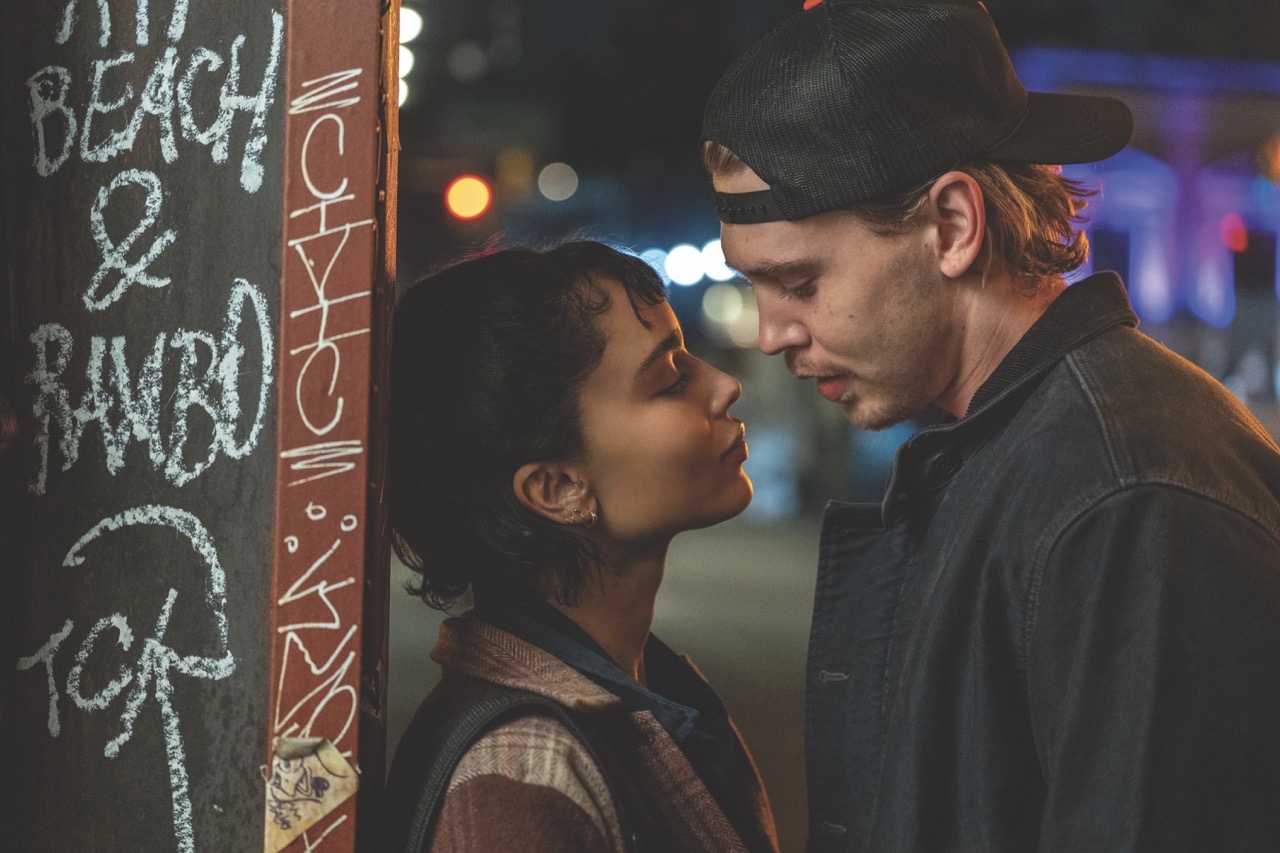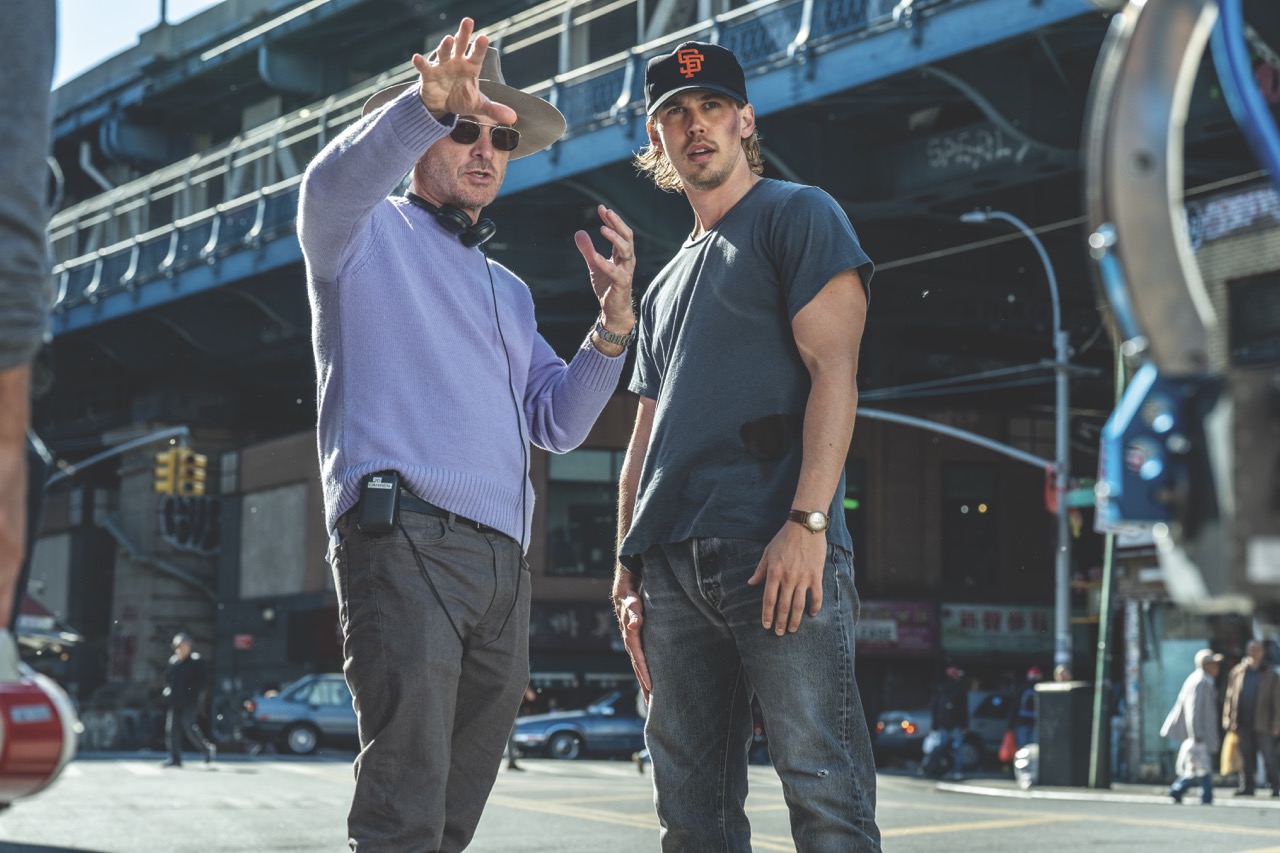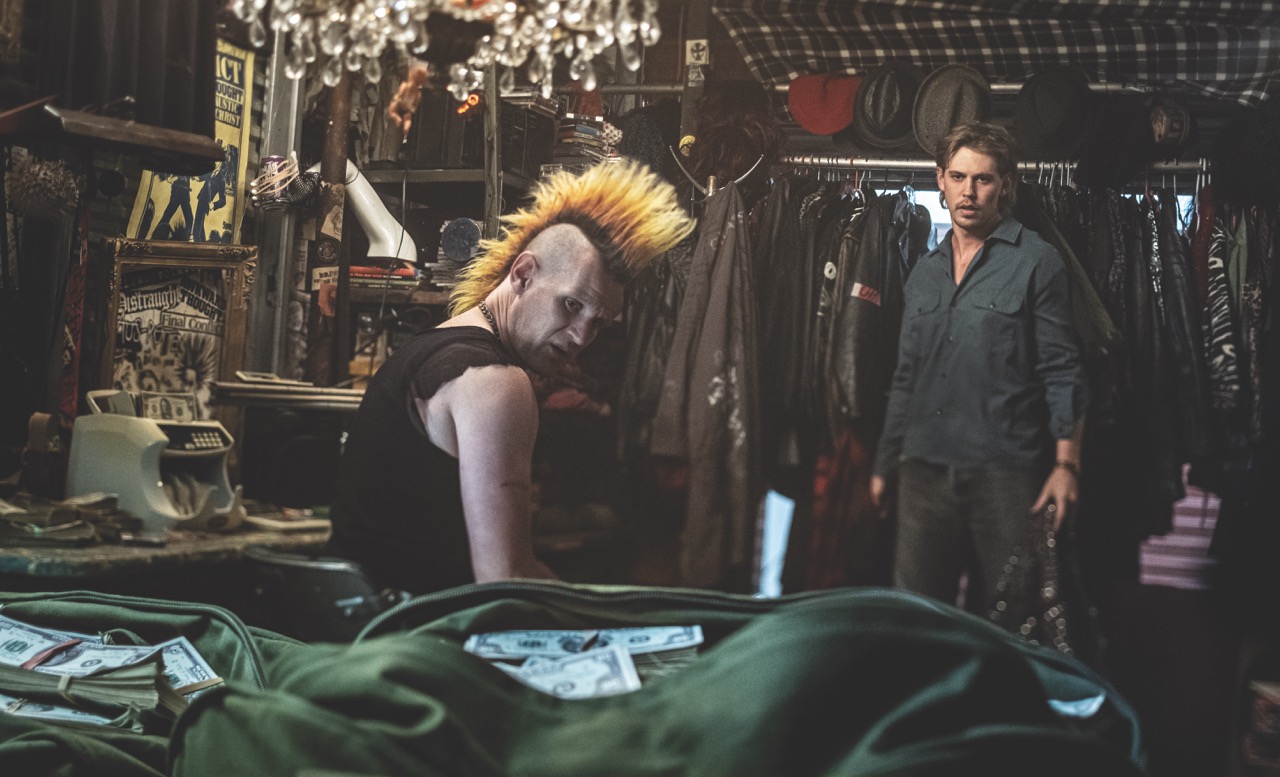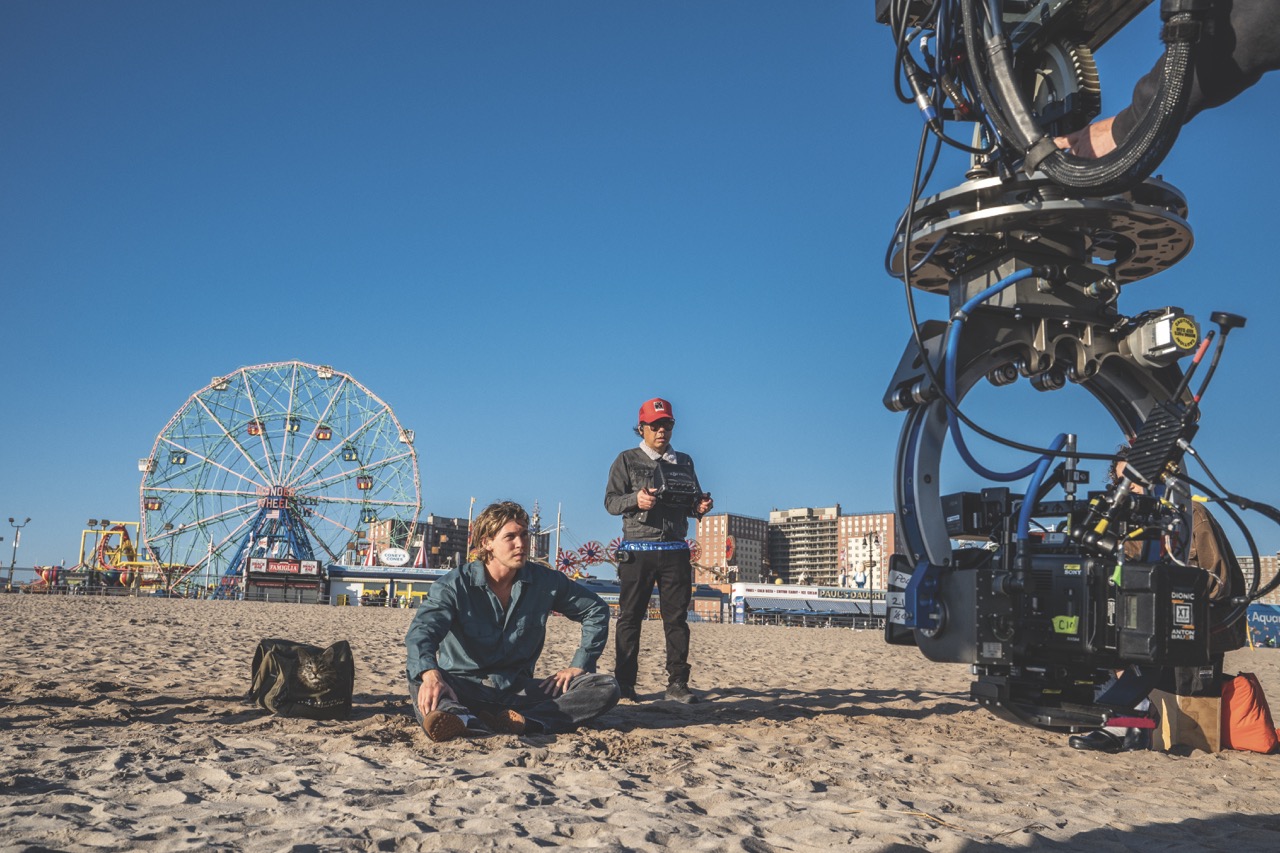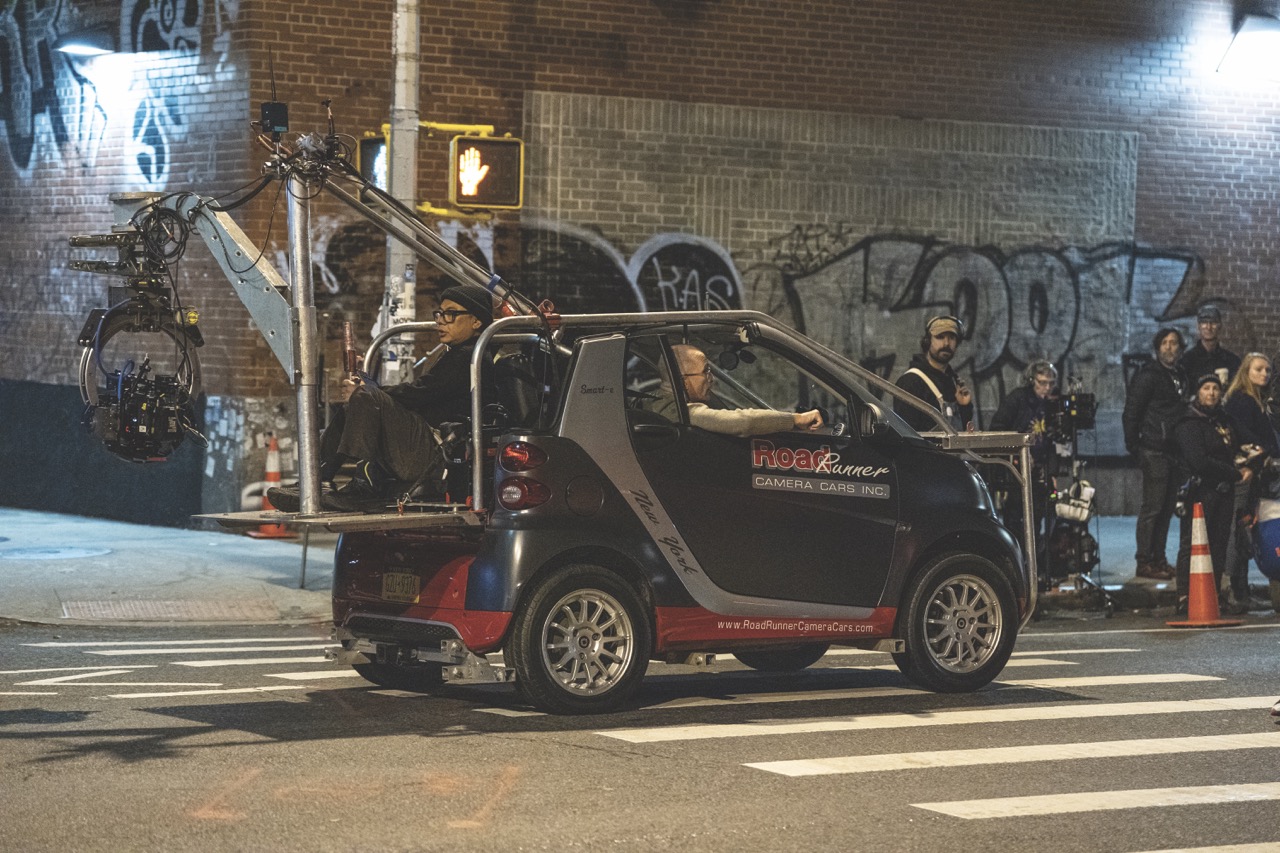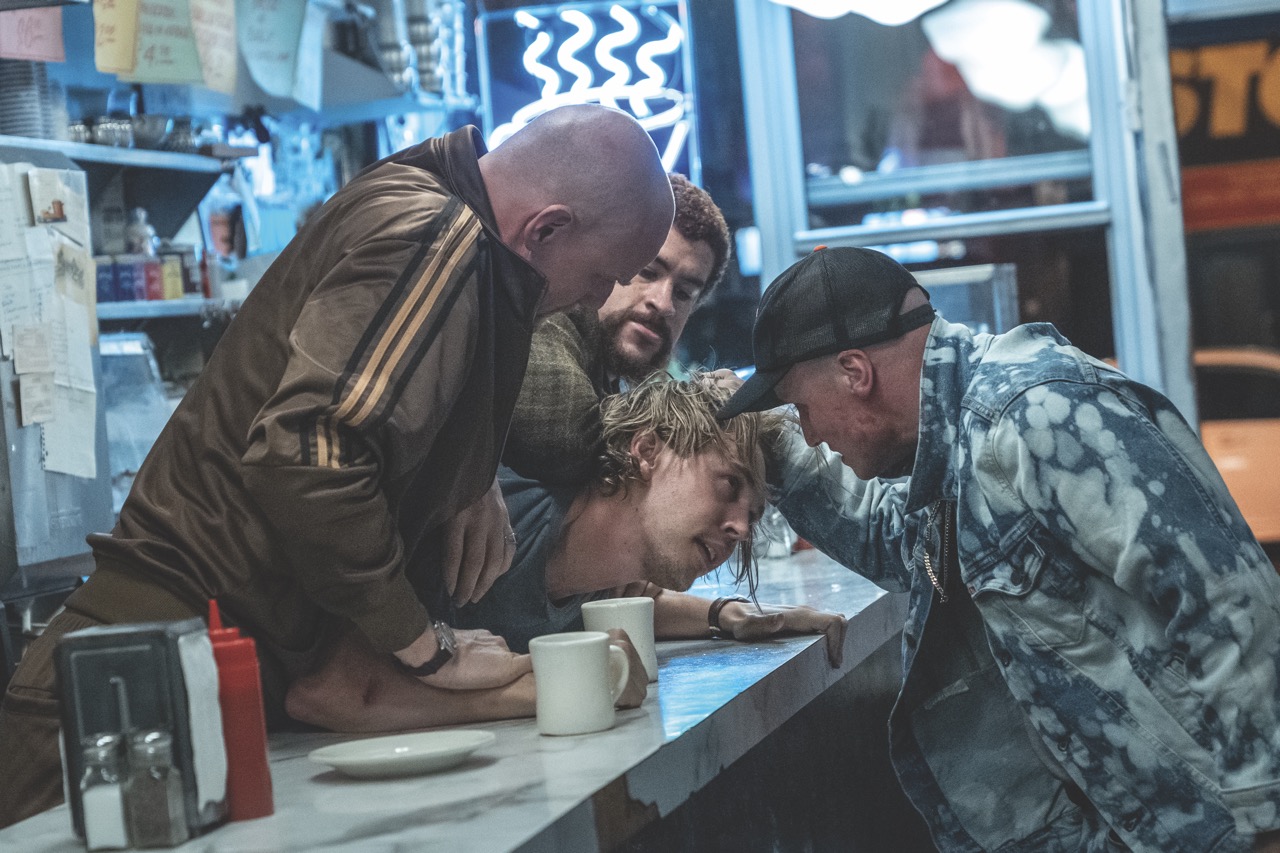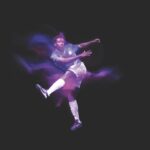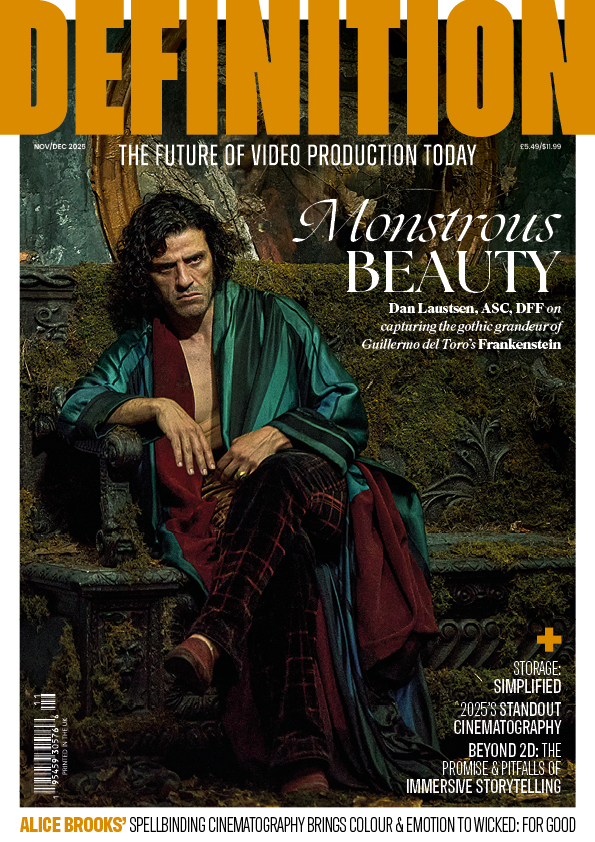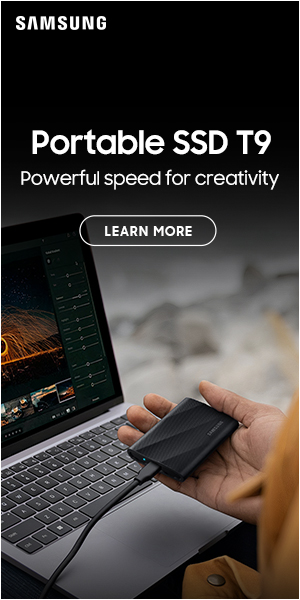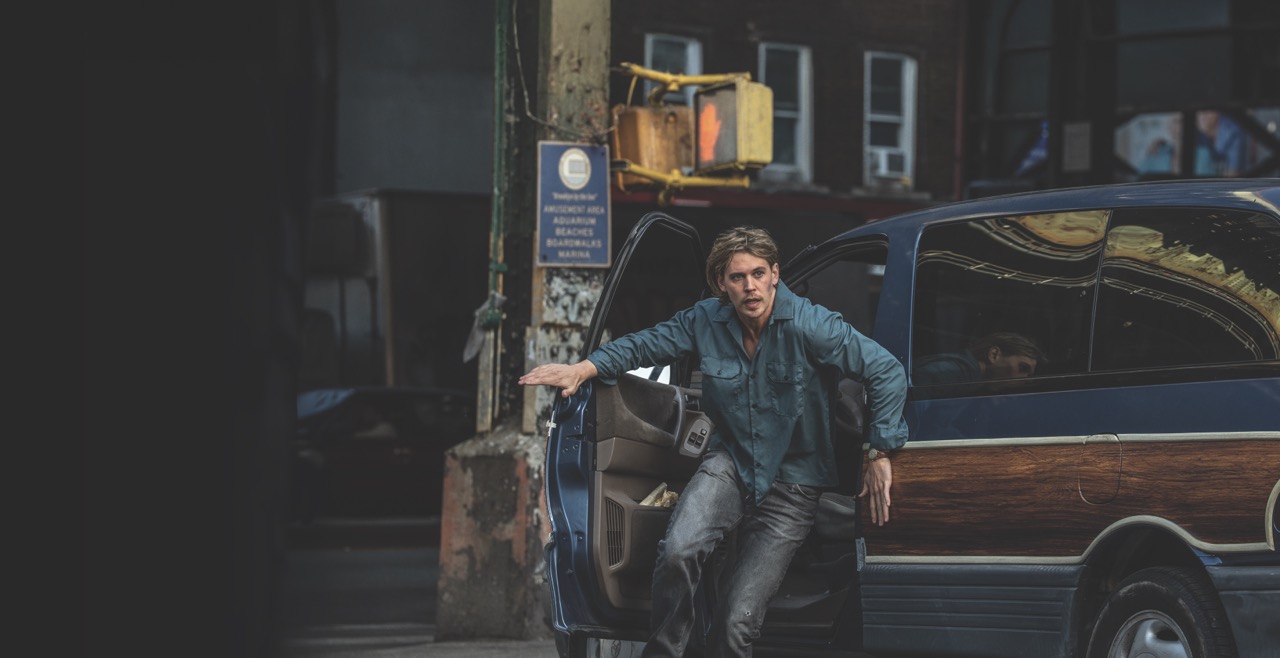
Production: Caught Stealing
Posted on Sep 30, 2025 by Admin
DOP Matthew Libatique sits down with Definition to discuss Caught Stealing – his latest collaboration with Darren Aronofsky
Words Oliver Webb | Images CTMG & Sony Pictures Entertainment
Set in New York City in 1998, Caught Stealing follows former baseball player Hank Thompson (Austin Butler). Now a bartender and living in a seedy apartment block, Hank is tasked with looking after his neighbour’s cat and soon finds himself caught up in the criminal underbelly of New York. The film was captured by DOP Matthew Libatique.
1998 also marked Libatique’s first feature collaboration with director Darren Aronofsky, with mathematician thriller Pi. Having shot all of Aronofsky’s feature films to date, with the exception of 2008 film The Wrestler, Libatique was the natural choice for Caught Stealing. When it came to their initial conversations about the look of the film, discussions revolved around camera movement. Libatique opted for the Sony VENICE 2 due to the ergonomics of the camera and the ability to access and capture small spaces. He also relied on the DJI Ronin 4D 8K, as well as two sets of Bausch & Lomb Super Baltar lenses rented from DOP Ed Lachman.
“Darren felt the need for smaller cameras,” begins Libatique. “I was working at 3200 ASA, because the Sony VENICE 2 is a really sensitive camera. One might think that doesn’t require light, but that’s completely untrue. When you look at one of our sets, there‘s largely practical lighting, naturally streaming through windows in the day or through practicals at night. There’s also always augmentation to extend the effects of practical lights. We had small lights in front of Hank’s apartment, but bigger ones for our night exteriors. However, I don’t generally like the lighting to show itself, especially in this film. I wanted it to feel how I remember walking the streets of New York in the nineties.”
Libatique and Aronofsky wanted a location-based shoot, and to place themselves in different neighbourhoods throughout New York City. One of the locations included the iconic Coney Island, which has previously featured in both Pi and Requiem for a Dream. “We shot both those films in the late nineties, and so there was that extra element of nostalgia going into this,” says Libatique. “It was a question of how we articulated our memory of it into cinematography.”
The two looked at the films of Sidney Lumet as a reference point, including Dog Day Afternoon and The Verdict. “Lumet was a master of subtly capturing the environment he’s in,” he explains. “We also looked at Scorsese’s After Hours, as there were similarities in the vibe and tone. It was important for us to construct the look and the coverage based on the characterisations that evolved. What I love about Caught Stealing is how many characters are in it and how each and every character shares the screen and frames with each other at some point. That’s something Darren hadn’t really done before. His films are usually extremely subjective, but this one isn’t.”
Despite the film seemingly having few visual effects, the VFX team were tasked with helping to recreate the time period by removing modern elements. “For example, one of the very first shots is facing the Twin Towers. The thing about New York is that so much of the city is timeless,” says Libatique. “A lot of the VFX involved painting out Grubhub and Postmates bikes passing by carrying giant bags of food. We also recreated the fronts of places. There’s a legendary restaurant called Benny’s Burritos that appears in the film, as it’s on the corner where Hank lives. Down the street is a place called Kim’s Video and Music that he goes past after a big shootout at the bar. They were iconic East Village locations that we recreated because anyone who lived in the city during that time would be transported back there by seeing those establishments. People would actually walk by when we were shooting and ask if they had reopened.”
One of the locations that didn’t require much alteration was Chinatown, as it hasn’t really changed since the nineties – except for the neon lights, which were removed in post.
In one of the Chinatown sequences, Hank is chased by two Hasidic hitmen played by Liev Schreiber and Vincent D’Onofrio. “That was great fun to shoot,” admits Libatique. “When the van goes up on the curb and Hank is running away, I couldn’t believe how close it was to him. The van was driven by Vincent, who’s an excellent driver. We used the DJI for a lot of that sequence, as we were trying to run through the small spaces. It was a combination of using the VENICE 2 on the Ronin and the DJI handheld on a sandbag cart chasing Hank to try and create as much fanaticism as possible.”
The shoot involved capturing a number of car chases and crashes, which required extensive planning. The Flushing Meadows car crash sequence was particularly exciting for Libatique. “Darren has never really done an action sequence like that before,” he says. “When Hank and Russ (Matt Smith) are chased down by Roman (Regina King) at Flushing Meadows near the Unisphere we employed the EDGE arm – similar to the Russian arm. We had what’s called a biscuit, which is basically a trailer being driven that can accommodate a vehicle, so the actors don’t have to drive.”
Libatique relied on his previous work shooting stunts and applied his knowledge and skill set to creating the scene. “We had a stunt driver driving the car on a trailer; we were able to fix cameras inside for our coverage and he drove at speed around the circle,” he recalls. “We also used a method that involved attaching a driving pod on top of Roman’s SUV when she was driving. There was a guy on top actually driving it so she didn’t have to and could focus on acting. It was super exciting to take these toys into this iconic place in Flushing Meadows and put them on display.”
A lot of the driving was actually done in a volume, except for most of the stunt sequences. “Portions of those sequences were shot in a volume with LED screens for the backgrounds. Shooting the plates in modern-day New York, it’s impossible to avoid every Tesla and Rivian, so each shot had to be doctored to remove modern vehicles, signs and LEDs.”
For the action sequences, a CG cat was also required. “You obviously can’t have a real cat inside a moving vehicle, so we’d put a CG cat in for parts where it was a dangerous situation,” adds Libatique. “It was a sneaky movie for VFX in that sense. I worked very closely with Dan Schrecker of Powerhouse VFX. We’ve worked together before. The nice thing about working with Darren is that he comes with his own ecosystem of people that have all worked together before, which makes it very comfortable.”
Initially, Libatique was nervous about shooting with a cat, due to their unpredictability. “Dogs are much easier to work with, but this cat was incredible,” he admits. “The cat was a superstar, that understood the camera like no other animal I’ve ever worked with. He’s called Tonic, but in the film his name is Bud. His trainer was wonderful, and I couldn’t be more impressed by how Tonic performed. We had doubles for him too, and each one had a unique talent. For instance, we had a cat that could snarl on cue, which was his one skill. We had another that really liked being held, because Tonic didn’t love that. We also needed some very specific actions – for example, there’s a shot where he meets Colorado (Bad Bunny); shots like these were done by a splinter unit, because you need time to get something real.”
Having collaborated on eight feature films together, Libatique is very understanding of Aronofsky’s creative process. “Darren is a really purposeful filmmaker,” he says. “Even when he’s seemingly improvising, he’s already worked everything out in his mind. He’s very orderly in that sense. There are walls he places on all of us as collaborators, but within the confines of this structure, there’s still a lot of freedom. He’s always been very daring.”
“I love creating the cocktail that eventually becomes the look of the film, and just building a world,” concludes Libatique. “Period films are extremely challenging, but gratifying to do when you accomplish them. Being able to use cinematography to convey a particular time and place is fun. As a craftsperson, you can’t ask for much more, because you’re putting your skills to the challenge and exercising every creative muscle. On any film with Darren, he can be a challenging collaborator because he’s so demanding, but he’s also brilliant. He expects and welcomes a creative energy that measures up with his.”
This story appears in the September/October 2025 issue of Definition


